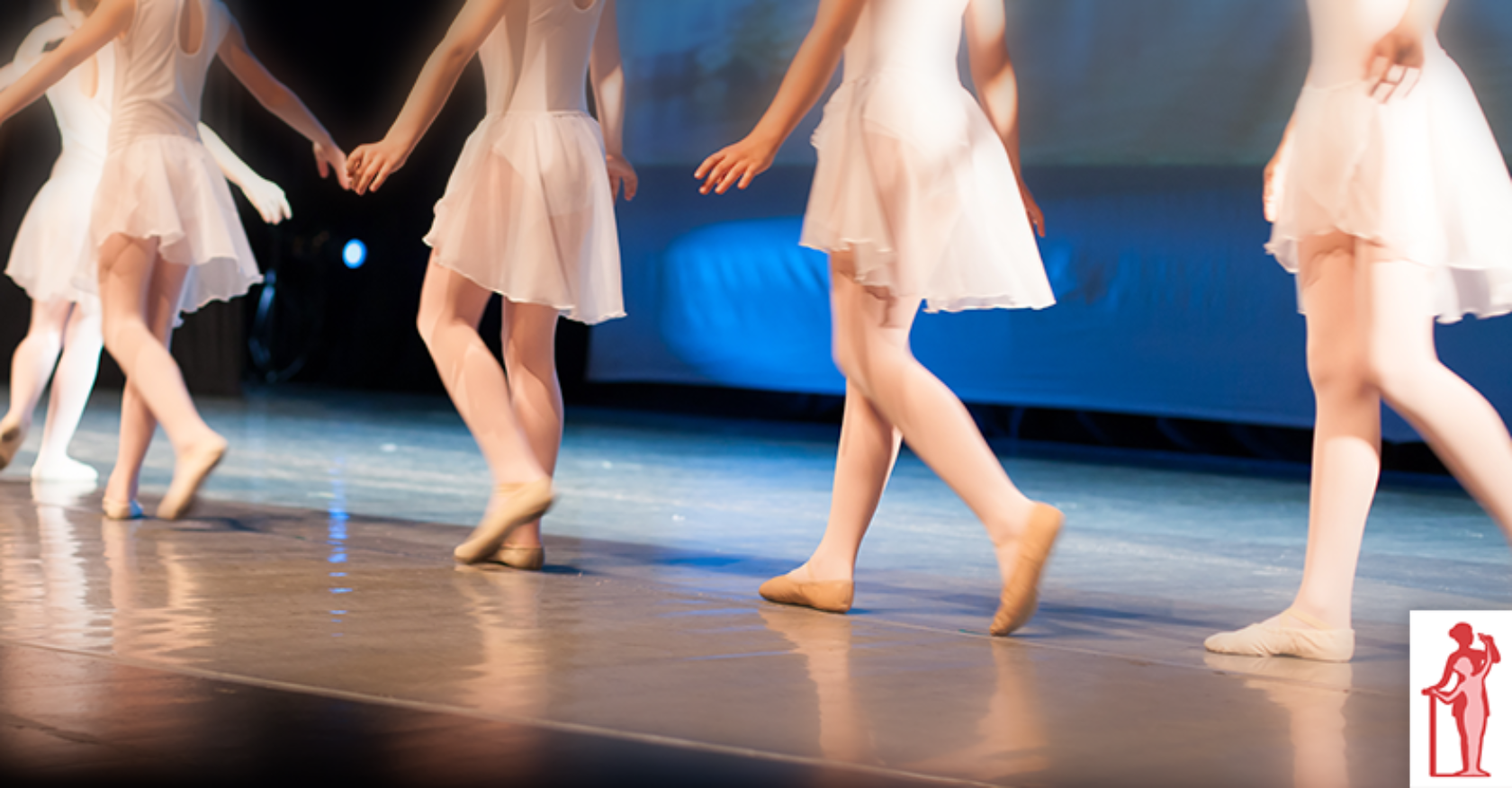Dance teachers have been on track more than any other group in providing for coordination to happen. Our deep understanding of movement and development encourages the correct progression of coordination at the proper stages of growth. Ballet teachers have been helping kids, encouraging them to get their brain’s act together all along!
Take Charge of Your Own Body
What we want students to know: Your conscious mind is in charge of your physical self, your muscles. Be in charge, and don’t expect someone else to cause the right movement to happen, because they can’t.
“It’s your leg, you fix it.”
“My brain isn’t connected to your muscles, but yours is. You have to tell your muscles what to do.”
“You have a third eye, your mind’s eye. Your mind can see things your eyes don’t see. Your mind can see what your foot is doing, even when you don’t look at it.” – Lynnette Kelley (former RAD instructor and examiner)
All dance teachers have a way of saying these or similar things to students. We say this because it’s true: the student must take responsibility for what their muscles do.
It is very important that each student learn to consciously direct their own muscles with their own brain, their own thinking process. Their movements must not just happen by chance. And most importantly, they need to not always just be following the movements of the teacher or another student.
The Teacher Helps the Student as a Whole Person
We dance teachers are already doing many of the right things, but if we see the place of movement in a broader picture, one that includes the total development of the person, we may help an individual even more. We teachers care about individual students, or we wouldn’t be writing or reading this blog. All teachers care about their students.
There are four areas of child development that happen together, and affect each other, and are intended to grow and mature together:
- Physical
- Mental
- Social
- Emotional
Nature intends for these areas to develop in parallel, side by side, each area complimenting and supporting the other three. The feeling among child development and physical education specialists is that helping a child or teen in one area will also have a positive effect on the other three areas of personal development.
In theory, if we help their physical skill development with dance lessons, we are actually helping the whole person to grow.
An Example of Putting Purpose and Planning Into Movement:
Everyday common movements can become easier when they are thought out and planned ahead of time.
Here’s an example of a creative miming exercise that requires thinking, planning the movements, then directing them with conscious thought:
- Take the action of opening a door. Have students pantomime the different ways to open a door. Have them show each way that is suggested.
- Feelings can be involved: open as if afraid, as if excited, as if not wanting to go inside, as if expecting a friend, etc.
- We should be able to convince an audience that there really is a door there that we are opening!
What we want is for the student to learn to consciously decide on, plan, and carry out movements with a purpose in mind.
Coordination is a working together of all parts of the self. It is purposeful movement, directed by the person’s intelligence, repeated until it becomes automatic and smooth. If a student can develop this inner sense of teamwork between their muscles and their brain, it will give them confidence in moving.
Dance is a perfect medium for this. From what the researchers are saying, an increased emphasis on the purposefulness of movement will help the development of the whole person, not just their coordination.
Related Articles


Comments
No comments for this post.
Add Comment